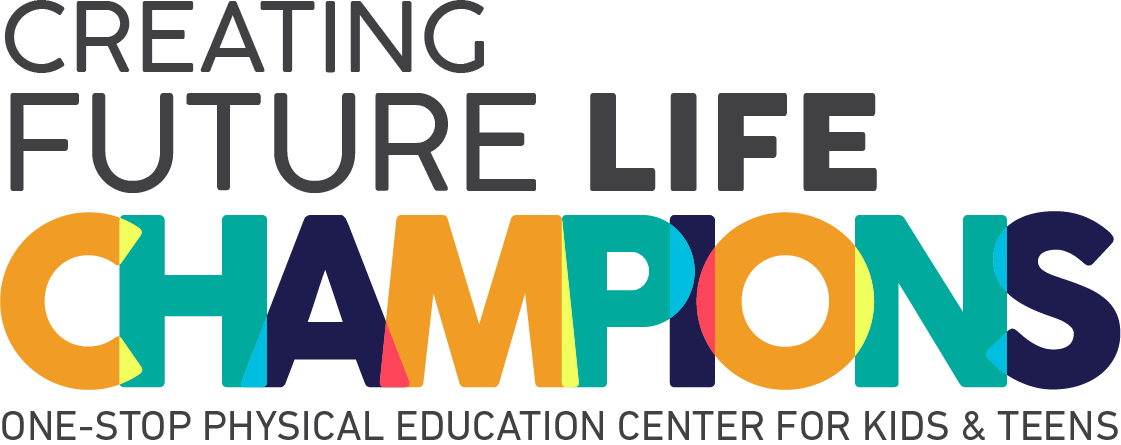Voice Acting 101: Skills, Warmups, and How to Get Started

Voice acting is the art of using your voice to bring characters, stories, and messages to life across various media platforms. From animated films and video games to commercials and audiobooks, voice actors play a crucial role in shaping the auditory experience of audiences worldwide.
To help you out, this guide will walk you through the essentials of voice acting, including how to get started, the skills you'll need, different types of voice acting, and effective warm-up techniques. Keep reading!
What Is Voice Acting?
Voice acting involves delivering vocal performances for various media, such as television, film, radio, video games, and more.
Unlike on-screen actors, voice actors rely solely on their vocal abilities to convey emotions, personalities, and narratives. This requires a unique set of skills, including vocal versatility, emotional expressiveness, and precise articulation.
How to Get Into Voice Acting
Starting a voice acting career might sound tricky, but it’s actually something anyone can try with the right steps. All you need is some practice, a few tools, and a little guidance to get started.
Let’s look at how you can begin your journey into voice acting. Embarking on a voice acting career involves several key steps:
1. Develop Your Vocal Skills
Before anything else, start by training your voice. This means reading aloud regularly—books, scripts, poems, anything! Try using different tones, pitches, speeds, and emotions to see how flexible your voice is. Can you sound like a grumpy old man? A cheerful child? A mysterious narrator?
Try reading a children’s story like The Three Little Pigs, giving each pig and the wolf a unique voice. It’s a fun way to practice variety and expression.
2. Take Acting Classes
Voice acting isn’t just about having a nice voice but also about acting with your voice. Taking acting or Broadway classes will help you learn how to express emotions, react authentically, and understand character motivations, all of which are crucial for voice work.
Acting classes also improve timing, improvisation, and your ability to take direction which are skills every voice actor needs.
3. Create a Demo Reel
A demo reel is your voice acting resume. It’s a short audio clip (usually 1–2 minutes) that showcases the types of voices and characters you can perform. Think of it as your portfolio.
Your demo reel might include a sample commercial read, a cartoon voice, a dramatic narration, and a video game-style voice. Make sure the audio quality is clean and your delivery is strong.
Don’t try to cram everything into one reel. You can create separate ones for commercial, character, and narration work as you grow.
4. Set Up a Home Studio
With today’s technology, many voice actors work from home. You’ll need a quiet, sound-treated space, a good microphone, a pop filter, and recording software like Audacity or Adobe Audition. A decent setup doesn’t have to break the bank, but quality matters.
5. Audition Regularly
Once you’re ready, start auditioning! There are many platforms where voice actors can find work, such as Voices.com, Backstage, Casting Call Club, and Fiverr. The more you audition, the more you’ll learn and improve. It also increases your chances of getting hired.
6. Network and Market Yourself
Voice acting is a creative business, and like any business, networking and marketing matter. Connect with other voice actors, attend workshops and online webinars, and build an online presence with a simple website or social media profile.
Share short clips of your work on Instagram, TikTok, or LinkedIn. Join voice acting communities on Facebook or Reddit. Attend virtual meetups or voice acting events where you can learn and meet people in the industry.
Don’t forget to keep updating your demo reel and keeping your profiles current. Your voice is your brand, so let people know what you can do!
Essential Voice Acting Skills
Success in voice acting requires a combination of technical, vocal exercise and creative skills:
- Vocal Control: Ability to modulate pitch, tone, and volume to suit different characters and scenarios.
- Clear Articulation: Ensuring every word is pronounced clearly to maintain listener comprehension.
- Emotional Expressiveness: Conveying a wide range of emotions solely through voice.
- Acting Ability: Understanding character motivations and delivering believable performances.
- Technical Proficiency: Familiarity with recording equipment and audio editing software.
- Adaptability: Quickly adjusting to direction and feedback during recording sessions.
Types of Voice Acting
Each type of voice acting has its own unique demands, techniques, and audiences. Understanding the different types of voice acting can help you find your niche and grow your career in the direction that suits your strengths.
Voice acting spans various genres and mediums, such as:
- Animation: Voicing characters in animated films, TV shows, and web series.
- Commercials: Delivering persuasive messages for advertising purposes.
- Audiobooks: Narrating books, often requiring the portrayal of multiple characters.
- Video Games: Providing voices for game characters, which may include emotional dialogue and action sounds.
- E-Learning: Narrating educational content for online courses and training materials.
- Corporate Narration: Voicing internal company videos, presentations, and tutorials.
- Dubbing: Replacing original dialogue in films or shows with translated versions.
- Telephony: Recording messages for phone systems, such as voicemail greetings and automated menus.
Voice Acting Warm-Ups You Can Try
Voice acting warm-ups are essential for keeping your voice clear, strong, and flexible. A few simple exercises before recording can improve your delivery and help prevent vocal strain. Preparing your voice before a recording session is crucial:
1. Physical Warm-Ups
Before you use your voice, it’s important to loosen up your body to release any tension that could affect your sound. Start with gentle neck rolls to ease stiffness. Just let your head slowly circle in each direction.
Follow up with shoulder shrugs, lifting and lowering your shoulders a few times to melt away tightness. Don’t forget your face muscles too: try slowly opening and closing your mouth to relax your jaw, which helps prevent strain during long voice sessions.
2. Breathing Exercises
Good breathing is the foundation of strong voice work. Start with diaphragmatic breathing by inhaling deeply through your nose and letting your belly rise. This helps you use your full lung capacity.
Then exhale slowly through your mouth. You can also try box breathing: inhale for four counts, hold for four, exhale for four, and hold again for four. This not only strengthens your breath support but also calms your nerves before a performance.
3. Vocal Warm-Ups
Warming up your voice helps you sound clearer and reduces the risk of vocal strain. Just blow air through your closed lips so they vibrate like a motorboat.
Next, do some gentle humming, which wakes up your vocal cords in a soft and controlled way. Finish with sirens by sliding your voice from low to high and back down again. This improves vocal flexibility and helps you hit a range of pitches comfortably.
4. Articulation Exercises
Clear speech is essential for voice acting, so practicing articulation is a must. Start with tongue twisters like “She sells seashells by the seashore” to improve your enunciation and make your words crisp.
You can also do consonant drills, focusing on tricky sounds like “P,” “T,” “D,” or “S” to strengthen your pronunciation and clarity. These exercises ensure your audience understands every word you say, no matter the script.
Start Your Voice Acting With Rockstar!
Voice acting is a creative and exciting path that combines talent, practice, and passion. From learning voice control and articulation to exploring different voice acting types and warm up routines, every step prepares you for success behind the mic.
For kids and teens interested in performing, Rockstar Academy offers a strong foundation through its Sports & Performing Arts Academy.
With opportunities to compete in events and competitions like Broadway Recital, RockOlympics and Elite Championships, Rockstar Academy helps young talents grow their confidence, creativity, and voice acting abilities in a fun and supportive setting.
We also offer a free trial class, giving your child a chance to explore the program firsthand and see if it’s the right fit. Sign up today and let your child experience the Rockstar difference!
FAQ
Do I need formal acting training to become a voice actor?
While formal training can be beneficial, it's not mandatory. Many successful voice actors are self-taught, though taking workshops and working with coaches can accelerate your development.
How long does it take to start getting voice acting jobs?
The timeline varies. With consistent practice, a strong demo reel, and proactive networking, some may land gigs within months, while others may take longer.
Can I do voice acting part-time?
Absolutely. Many voice actors start part-time while maintaining other jobs, gradually transitioning as they build their portfolio and client base.
What equipment do I need to start?
At a minimum, you'll need a quality microphone, headphones, a computer with recording software, and a quiet space to record.
How do I protect my voice from strain?
Regular warm-ups, staying hydrated, avoiding excessive throat clearing, and not overexerting your voice are key practices to maintain vocal health.



